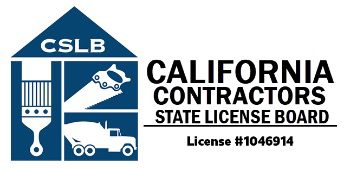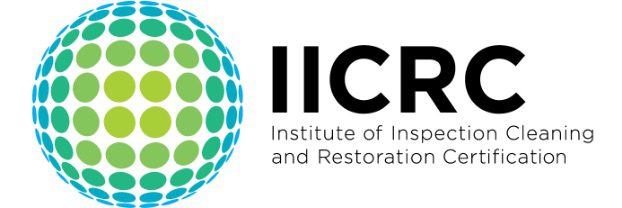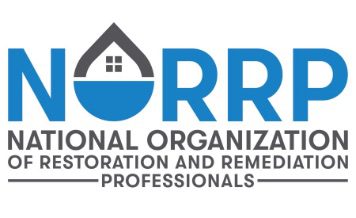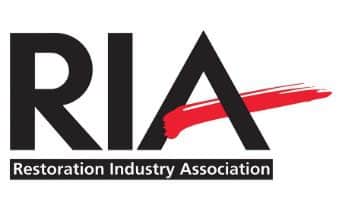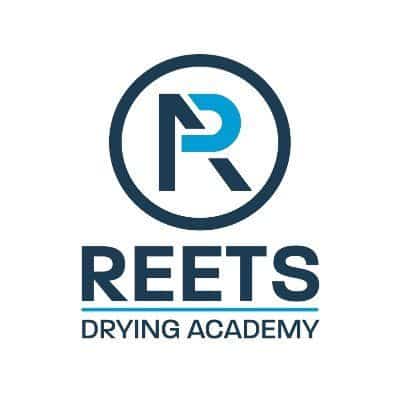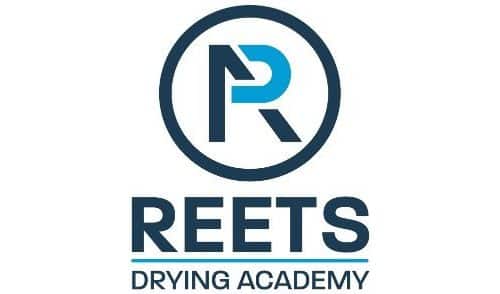Advanced Techniques for Detecting and Remediating Commercial Water Damage
Advanced Techniques for Detecting and Remediating Commercial Water Damage
Water damage is a formidable foe for any property owner, but it poses an even more significant challenge when it lurks beneath the surface of commercial structures. Subsurface water damage often goes unnoticed until it's too late, causing extensive structural damage and creating a breeding ground for mold and other harmful microorganisms. In this blog post, we delve into the complexities of commercial water damage and explore the innovative technologies and methodologies used by restoration professionals to identify and address these hidden moisture issues effectively.
What is Subsurface Water Damage?
Subsurface water damage occurs when water infiltrates building materials and becomes trapped beneath the surface. This can happen for various reasons, such as plumbing system leaks, roof leaks, foundation cracks, or high humidity levels. Once water seeps into the structure, it can migrate horizontally or vertically, spreading far beyond the initial entry point.
The Challenge of Detection
Identifying subsurface water damage is a challenging task for restoration professionals. Unlike visible water damage, which is easy to detect, subsurface moisture requires specialized tools and techniques. Traditional methods such as visual inspections and moisture meters may need more, especially when the water is hidden behind walls, ceilings, or flooring.
Innovative Technologies and Methodologies for Commercial Water Damage
Fortunately, technological advancements have revolutionized how restoration professionals identify and address subsurface water damage. Here are some innovative tools and methodologies being utilized in the industry:
Infrared thermography
Infrared cameras are invaluable for detecting subsurface water damage. By capturing temperature variations caused by moisture, these noninvasive techniques allow professionals to pinpoint areas of concern without damaging the building structure.
Moisture mapping
Moisture mapping involves creating a detailed map of moisture levels within the building using specialized moisture detection equipment. This helps restoration professionals identify the extent of water damage and develop targeted mitigation strategies.
Nondestructive testing
Nondestructive testing techniques, such as ground-penetrating radar (GPR) and ultrasound, assess the condition of building materials without causing damage. These methods provide valuable insights into subsurface moisture levels and structural integrity.
Moisture sensing fabrics
Innovative moisture-sensing fabrics are embedded within building materials to provide real-time monitoring of moisture levels. These fabrics can detect changes in moisture content and alert property owners and restoration professionals to potential water damage issues before they escalate.
Computational fluid dynamics (CFD)
CFD simulations are employed to model air and moisture movement within commercial structures. Restoration professionals can identify potential moisture traps by analyzing airflow patterns and moisture distribution, and develop effective ventilation strategies to prevent water damage.
Subsurface water damage poses a significant threat to the integrity of commercial structures. Still, restoration professionals can effectively identify and address these hidden moisture issues with the right tools and methodologies. By leveraging these innovative technologies, professionals can mitigate the risk of subsurface water damage and ensure commercial buildings' long-term durability and safety.
When to Call Commercial Water Damage Experts
When faced with subsurface water damage in commercial structures, it's crucial to enlist the expertise of professional water damage restoration specialists. These professionals possess the knowledge, experience, and specialized tools necessary to accurately assess the extent of damage, identify hidden moisture issues, and implement effective water damage mitigation strategies. By calling upon commercial water damage restoration experts promptly, property owners can minimize the risk of further structural deterioration, prevent the spread of mold and other harmful contaminants, and ultimately save time and money in the long run. Additionally, proactive collaboration with restoration professionals ensures compliance with industry regulations and standards, mitigating potential liabilities associated with water damage incidents.
Remember, swift action is key to protecting the integrity and longevity of commercial structures. For more information, contact Dry Kings Restoration today.
Contact
More News
Newsletter
Sign up and receive valuable tips to help you protect your residential building or commercial property from damages.
Awards
